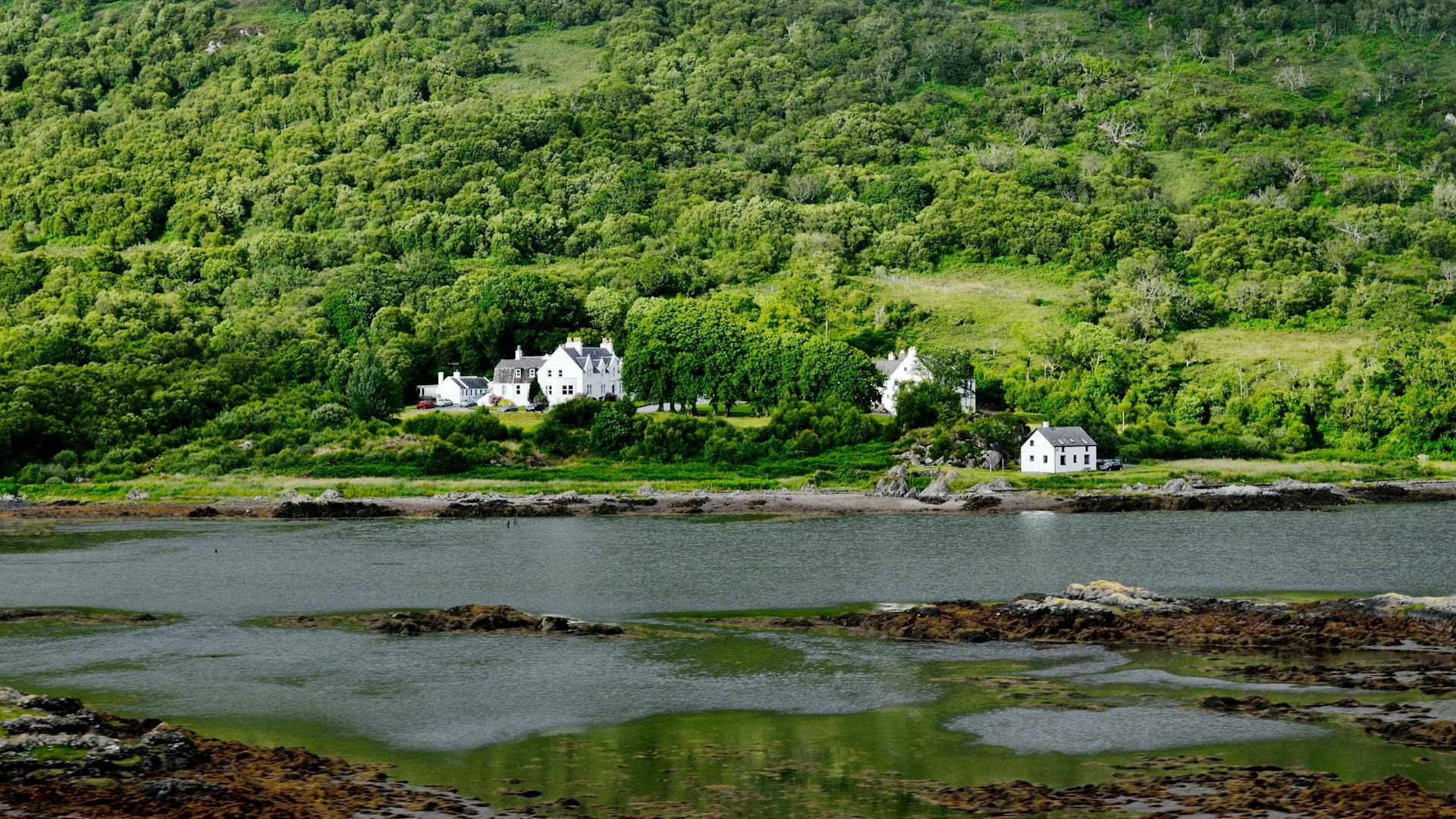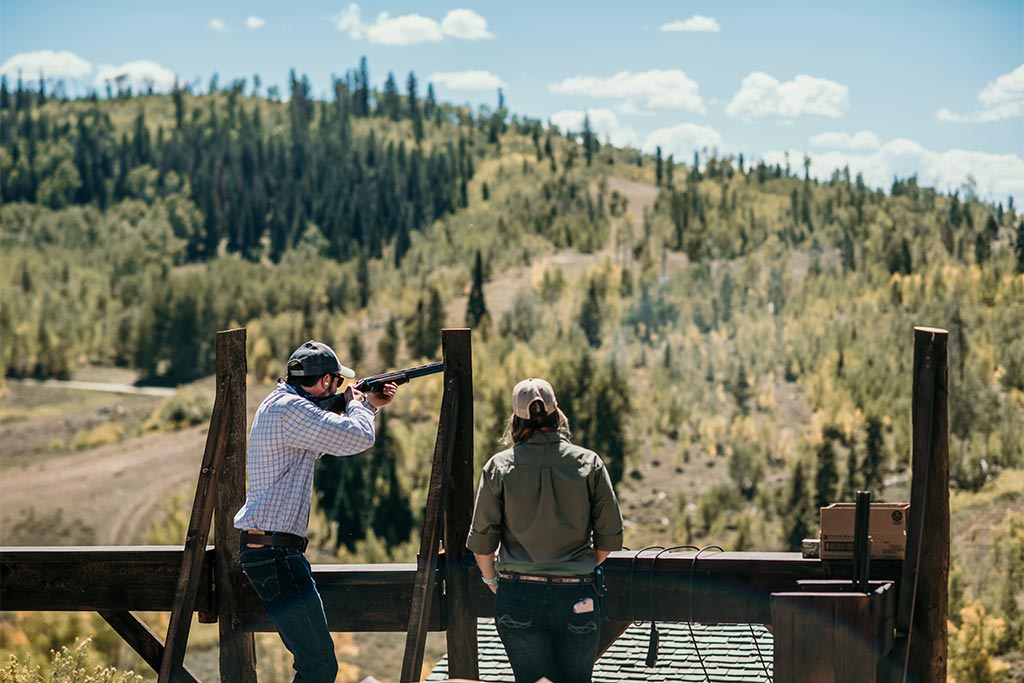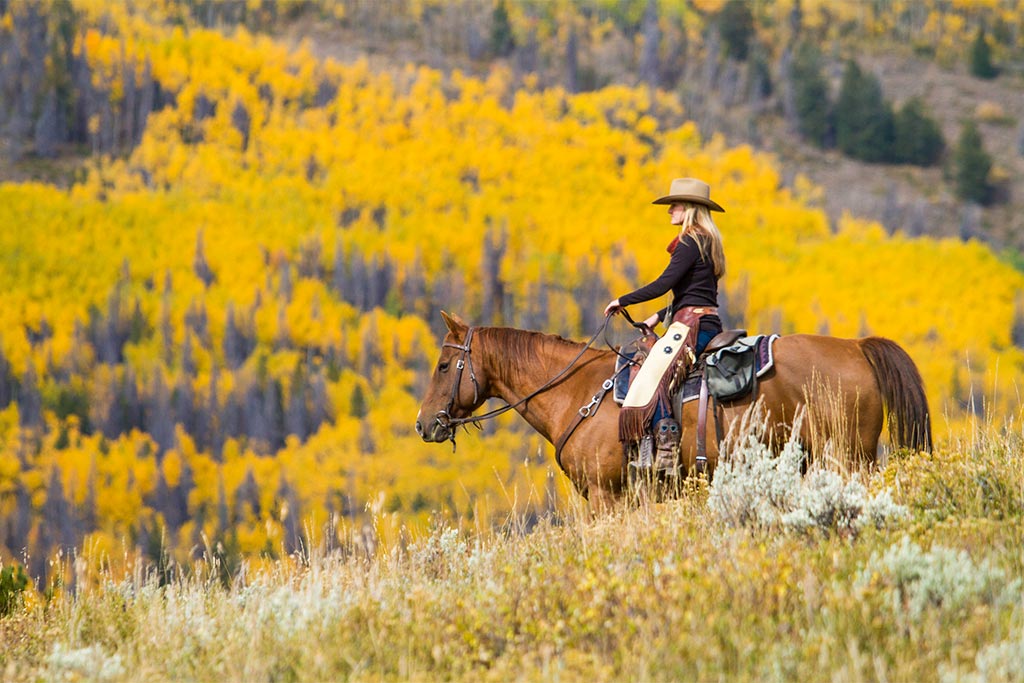Views: 0 Author: Site Editor Publish Time: 2025-10-19 Origin: Site











Hunting has long been woven into the cultural fabric of the United States, tracing its roots back to the nation’s earliest settlers. What began as a necessity for survival evolved into a heritage-rich tradition that celebrates wildlife management, outdoor recreation, and the spirit of conservation. In modern America, the hunting lodge — or “hunting center” — represents more than a destination for sportsmen; it has become an emblem of outdoor lifestyle and rural tourism, combining adventure, hospitality, and ecological stewardship.
The concept of hunting lodges in the U.S. originated during the late 19th century, a period often referred to as the “Golden Age of American Sportsmanship.” Wealthy industrialists from the East Coast sought to escape urban life, purchasing vast tracts of wilderness for private hunting and fishing retreats. These early lodges — such as the Adirondack Great Camps in New York or the hunting preserves in the Carolinas — set the foundation for modern hunting resorts, blending rustic architecture with luxurious comfort.

Following World War II, the rise of middle-class leisure and improvements in transportation broadened hunting’s appeal. Family-run lodges emerged across the Midwest, South, and Mountain West, offering guided hunts, lodging, and wildlife habitat management. By the 1980s and 1990s, hunting centers had evolved into full-service destinations, integrating eco-tourism principles and conservation programs. Many are now certified under sustainable wildlife management systems, reflecting a balance between sport and stewardship.

Each region of the United States offers a distinctive hunting experience, shaped by geography, climate, and local wildlife populations:
The Midwest — Known as “America’s Heartland of Hunting,” states like Kansas, Iowa, and South Dakota are famous for pheasant, waterfowl, and whitetail deer. Vast farmlands and conservation programs provide ideal habitats.
The South — Texas and Louisiana boast some of the nation’s most diverse hunting ranches. Many specialize in exotic game and waterfowl, blending Southern hospitality with luxury lodging.
The West — States such as Montana, Wyoming, and Colorado are renowned for big game hunting, including elk, mule deer, and antelope. The breathtaking mountain landscapes create unmatched outdoor experiences.
The Northeast — Traditional deer camps and upland bird hunting dominate in Maine, Vermont, and New York. Here, heritage and craftsmanship remain central to the hunting culture.
The Pacific Region — California and Oregon feature a growing emphasis on sustainable hunting and outdoor adventure tourism, attracting international visitors.
1.Prairie Wildlife – Mississippi: A conservation-driven quail hunting lodge with world-class upland experiences.
2.Honey Brake Lodge – Louisiana: Located in the Mississippi Flyway, famous for premier waterfowl hunting.
3.Flying B Ranch – Idaho: Offers luxury accommodations and multi-species bird hunting in rugged mountain terrain.
4.Higdon Outdoors Lodge – Kentucky: A hub for duck and goose hunters in the heart of waterfowl country.
5.Rio Piedra Plantation – Georgia: Classic Southern quail plantation blending tradition and comfort.
6.High Adventure Company – Montana Lodge – Big game and fly-fishing destination with elite guide service.
7.Joshua Creek Ranch – Texas: Known for pheasant, quail, and deer, combining sport with hospitality.
8.South Dakota Hunting Lodge (SDHL) – One of the top pheasant hunting centers in the Midwest.
9.The Lodge at Longmeadow Game Resort – Colorado: Offers elk, deer, and upland bird packages.
10.Waterfowl Outfitters of West Tennessee (WOWTENN) – A leading duck hunting center with family-operated charm.
In recent years, hunting lodges have diversified their appeal beyond traditional hunters. Many now cater to corporate retreats, family vacations, and eco-tourism enthusiasts, providing shooting sports, wildlife photography, and farm-to-table dining experiences. Technology has also transformed the sector — from online booking to drone-assisted scouting and precision mapping for habitat management.
Moreover, sustainability has become central to their identity. U.S. hunting centers actively collaborate with conservation organizations like Ducks Unlimited and the National Wild Turkey Federation, ensuring ethical hunting and long-term wildlife preservation. This commitment aligns with a growing public interest in outdoor ethics, responsible tourism, and the rural economy.

The rise of hunting lodges in the United States reflects a broader story — one of heritage, conservation, and evolution. From early private camps to today’s world-class outdoor destinations, hunting centers embody the balance between tradition and innovation. As outdoor recreation continues to flourish, these lodges stand as enduring symbols of the American landscape: rooted in nature, shaped by community, and committed to preserving the wild for generations to come.


